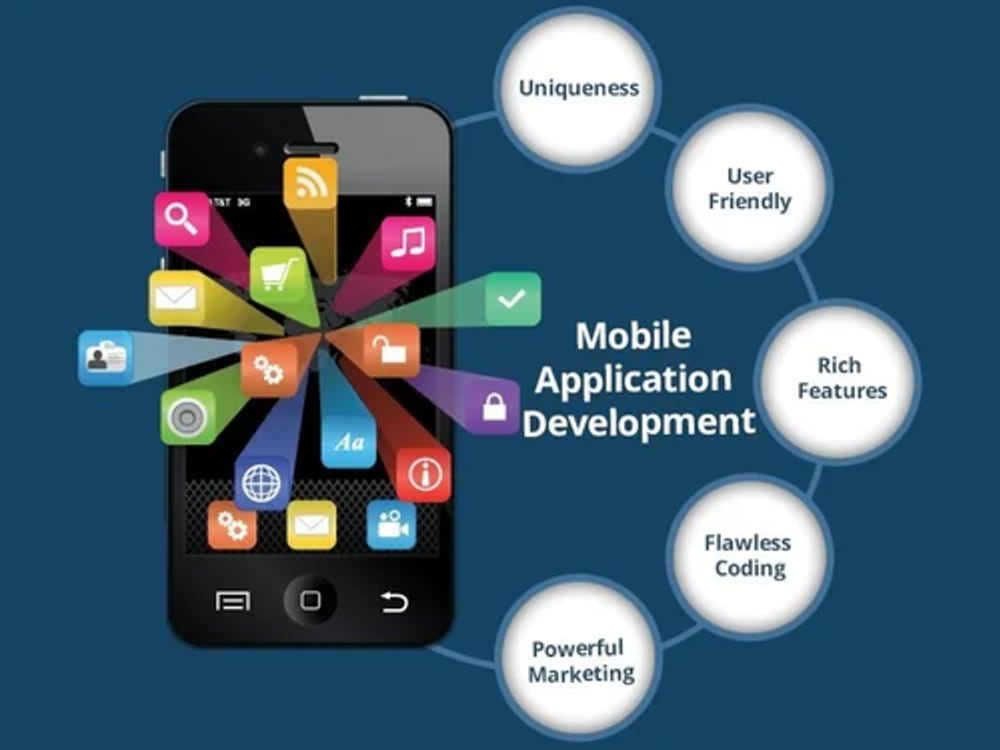Web Development For Beginners: A Comprehensive Guide by Pansofic Solutions
Introduction to Web Development
In the current digital era, web development is a crucial talent that offers an abundance of chances for both beginners and experienced developers. This thorough guide is provided by Pansofic Solutions, a top web development company in Ambala and the surrounding areas, that will help you as you start your web development journey.
Understanding Web Development
What is Web Development?
In web development, websites are created and maintained. It covers a number of topics, such as database management, server setting, web design, and web programming. Web development may be divided into two main categories: front-end development and back-end development.
Front-End Development
In front-end development, the user interface and user experience are the main priorities. It entails creating and executing the interactive visual components of a website that users interact with. important technologies consist of:
HTML: The standard markup language for creating web pages.
CSS: A style sheet language used for describing the presentation of a document written in HTML.
JavaScript: A programming language that enables interactive web pages.
Back-End Development
Development on the back end focuses on the server side of web applications. It entails overseeing the application logic, database, and server. Important technologies consist of:
Server-Side Languages: Such as PHP, Python, Ruby, and Java.
Databases: MySQL, PostgreSQL, MongoDB, and others.
Server Management: Using tools like Apache, Nginx, and cloud services.
Starting Your Web Development Journey
Setting Up Your Development Environment
You need an appropriate web development environment before you can start working on web projects. These are the necessary tools.:
Text Editor: Tools like Visual Studio Code, Sublime Text, or Atom.
Version Control System: Git is the most popular version control system.
Local Server: Use XAMPP, WAMP, or MAMP to set up a local server for testing.
Learning HTML and CSS
HTML Basics
HTML, or HyperText Markup Language, forms the backbone of web development. It structures the content on the web. Start by learning the basic tags like <html>, <head>, <body>, <div>, <p>, and <a>. Practice creating simple web pages and gradually move to more complex structures.
CSS Basics
CSS, or Cascading Style Sheets, is used to style HTML elements. Learn the basics of CSS syntax, selectors, properties, and values. Understand how to apply styles to HTML elements and create responsive layouts using flexbox and grid.
Mastering JavaScript
JavaScript is essential for adding interactivity to web pages. Begin with the basics:
Variables and Data Types
Functions
Events
DOM Manipulation
Diving Deeper into Web Development
Exploring Front-End Frameworks
Front-end frameworks help streamline development by providing pre-written code for common tasks. Popular frameworks include:
Bootstrap: A CSS framework for responsive design.
Tailwind CSS: A utility-first CSS framework.
React.js: A JavaScript library for building user interfaces.
Vue.js: A progressive JavaScript framework.
Back-End Development Essentials
Learning a Server-Side Language
Choose a server-side language based on your project requirements and personal preference. Here are a few options:
PHP: Great for beginners and widely used in content management systems like WordPress.
Python: Known for its readability and simplicity. Frameworks like Django and Flask are popular.
Ruby: Known for the Ruby on Rails framework, which emphasizes convention over configuration.
Understanding Databases
Databases are crucial for storing and managing data. Learn the basics of:
SQL Databases: MySQL, PostgreSQL
NoSQL Databases: MongoDB, Cassandra
Understand how to perform CRUD (Create, Read, Update, Delete) operations and manage database connections.
Server Management and Deployment
Learn how to set up and manage web servers. Understand the basics of:
Server Configuration
Domain Name System (DNS)
SSL Certificates
Explore deployment platforms like Heroku, AWS, DigitalOcean, and Netlify for hosting your web applications.
Best Practices in Web Development
Writing Clean Code
Adopt best practices for writing clean and maintainable code:
Consistent Naming Conventions
Modular Code Structure
Commenting and Documentation
Version Control with Git
Git is essential for version control. Learn how to:
Initialize a Repository
Commit Changes
Branch and Merge
Collaborate with Others
Use platforms like GitHub, GitLab, and Bitbucket for code hosting and collaboration.
Ensuring Website Security
Security is a critical aspect of web development. Implement the following measures:
Input Validation and Sanitization
Use of HTTPS
Password Hashing
Regular Security Audits
Optimizing Performance
Performance optimization is key to a successful web application. Focus on:
Minimizing HTTP Requests
Using a Content Delivery Network (CDN)
Optimizing Images and Media
Implementing Lazy Loading
Staying Updated and Continuous Learning
Web development is a rapidly evolving field. Stay updated with the latest trends and technologies by:
Following Web Development Blogs and Websites: Websites like MDN Web Docs, CSS-Tricks, and Smashing Magazine.
Joining Developer Communities: Engage with communities on platforms like Stack Overflow, GitHub, and Reddit.
Participating in Online Courses and Tutorials: Websites like Coursera, Udemy, and freeCodeCamp offer comprehensive courses on various web development topics.
Conclusion
Starting a web development career can be rewarding and challenging at the same time. You can create reliable and dynamic web applications by grasping the fundamentals, becoming proficient with key technologies, and implementing best practices. To assist you in realizing your dreams of web development, Pansofic Solutions is committed to offering top-notch web development services in Ambala and the surrounding areas.






